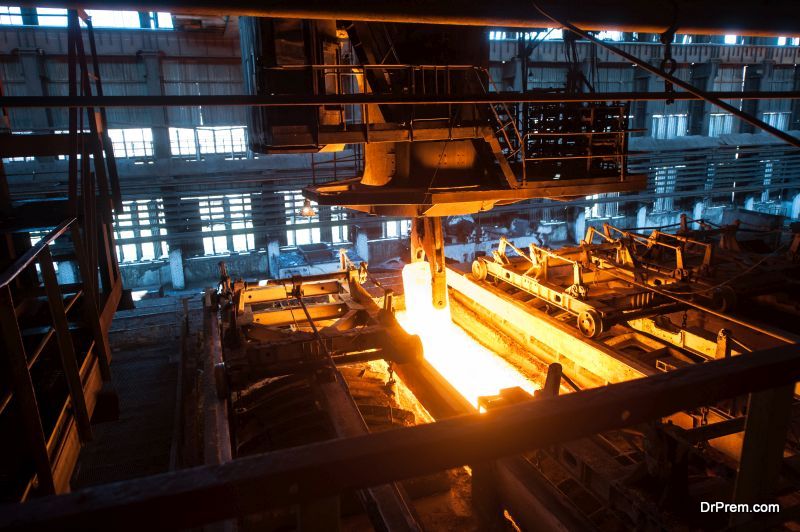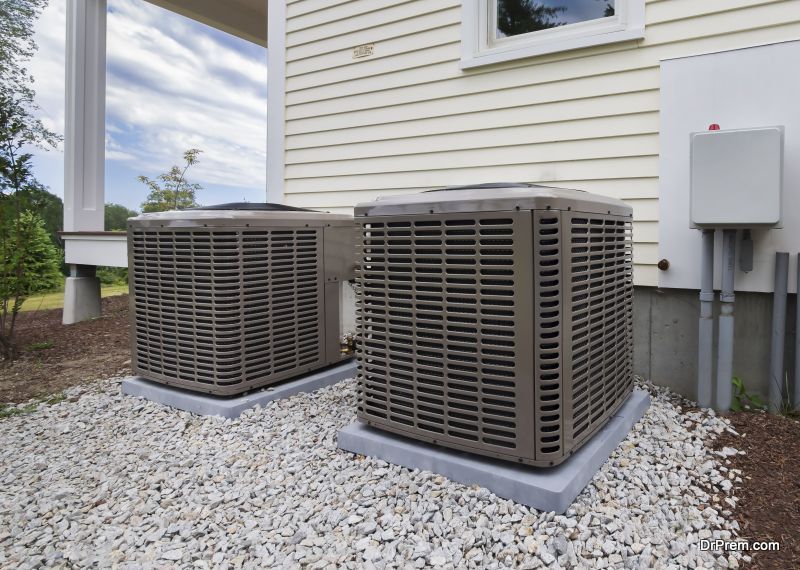One of the more frustrating aspects of sustainable energy science is the inherent inefficiencies of the system in which heat is generated as a by-product. This heat, according to the US Department of Energy, consumes anywhere from 20 to 50% of industrial energy input. Yes, that’s not a typo: nearly half the energy produced by humans doesn’t even get used. It dissipates and transfers itself into the environment in the form of hot liquid, hot air, and hot surfaces.
However, humanity has made efforts to regain some of this lost energy. Our progress is incremental but still nothing revolutionary in heat recovery has been seen. However, various existing systems that provide better ways of salvaging lost heat are not without purpose:
Hot Water
One of the more established methods of heat recovery involves harnessing steam and liquids. The hot flue gases and heated liquids produced by air conditioning systems, boilers, furnaces, kilns, et cetera, are often targeted as a means of energy conservation in an industrial setting. One particularly interesting process in which heat recovery technology plays a role is water waste management. The use of heat exchangers to capture the thermal energy used in preheating potable water and processing water, one could argue, is an example of an efficient modification of a system that is designed to minimize waste.
Hot Air
Though not as conceivably commonplace as waste heat recovery systems involving liquids, exhaust air recovery is a worthy endeavour not only in many types of industrial settings, but also in municipal, commercial, and even residential. These include mines, large metropolitan sewer and transit systems underground, and vaulted superstructures aboveground. Essentially, at any place where there is an established ventilation system and/or vast columns of air moving in an enclosed space, heat is produced (as experienced by anyone who ever lifted a cover off a closed shaft or sealed cave). Such exhaust recovery systems are in their infancy but show promise.
Hot Solids
The frontier of waste heat recovery is certainly going to involve the heat lost through surface to surface contact. This is the heat currently deemed irrevocably lost due to the sheer nature of its creation. Machines with moving parts inevitably generate heat via movement and friction. How to invade a delicate system such as that for the sake of salvaging some energy is simply not worth the effort. Institutions are currently underway with efforts to convert waste heat directly into electricity, thereby providing an incentive for their inclusion in tightly controlled machine and manufacturing systems.
When it comes to these heat recovery options and their roles in helping to achieve environmental conservation and resource sustainability, the biggest factor to worry about is hot air and not the aforementioned exhaust recovery. We’re talking about the likelihood for companies and other entities to showcase too good to be true energy recovery solutions to manufacturers and other industries – because they are in fact too good to be true. Good intentions for a better planet won’t make up for the fact that a so-called heat recovery system doesn’t make sense from a numbers point-of-view.
Other than this one risk, the future for heat recovery technology appears to be full of rewards.
Article Submitted By Community Writer



